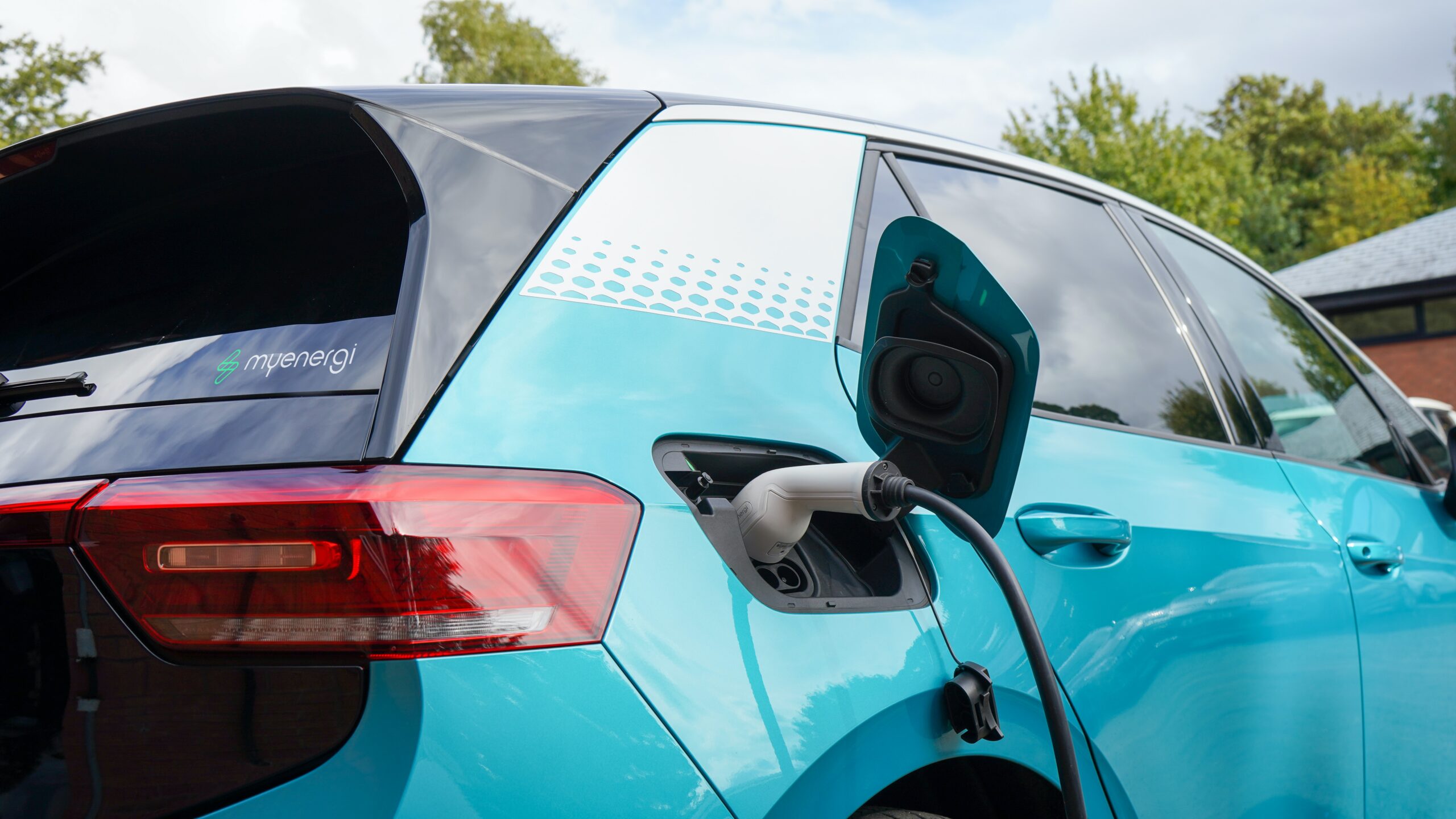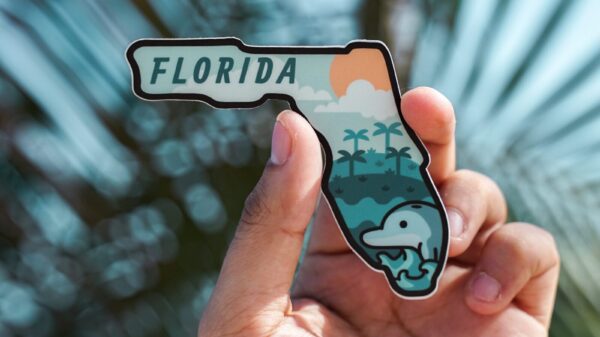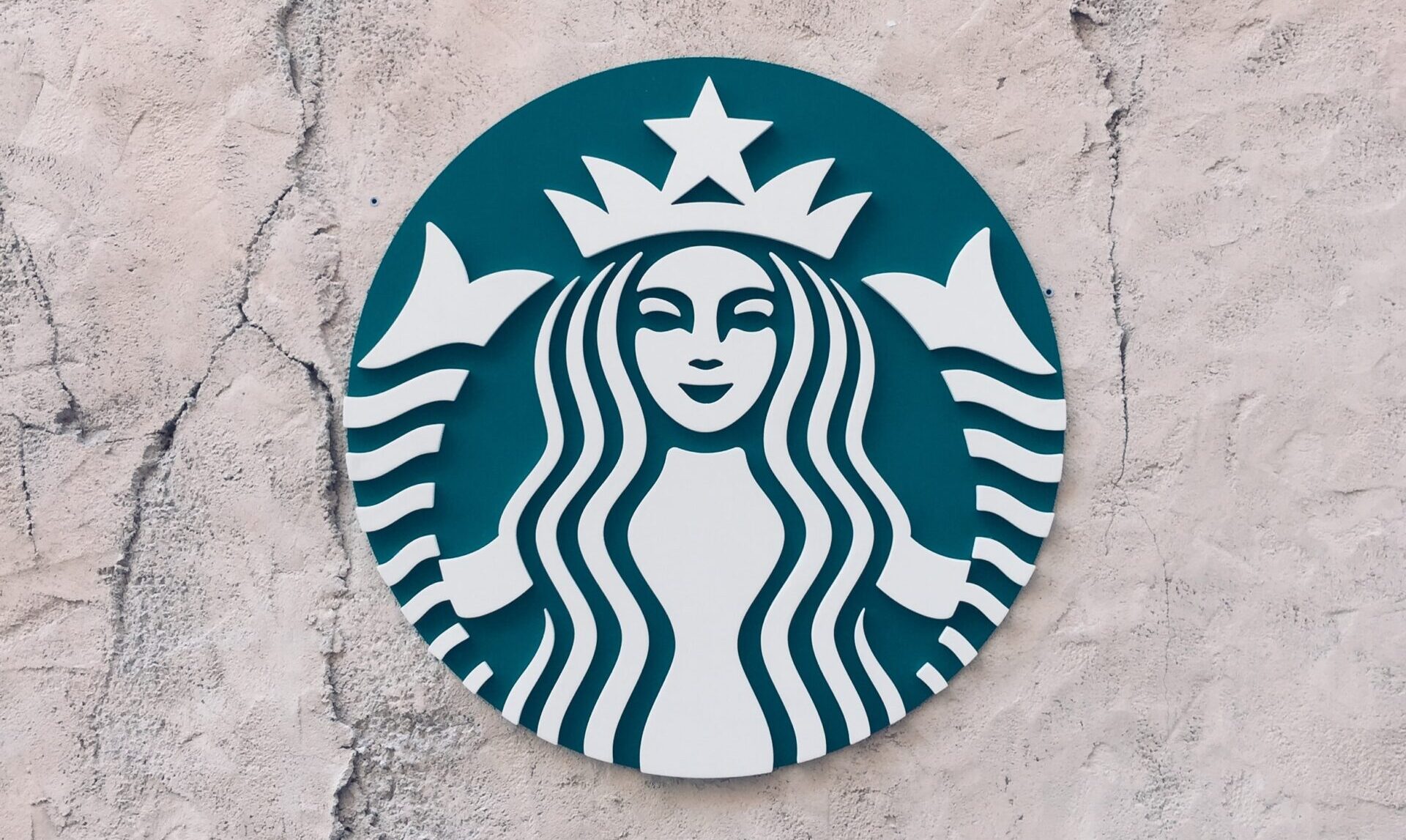Key Takeaways:
- Founded in 1971: The first Starbucks opened its doors in 1971 at the historic Pike Place Market in Seattle.
- Initial Business Model: Initially, Starbucks only sold roasted coffee beans and coffee-making equipment, not brewed coffee.
- Name Inspiration: The name “Starbucks” was inspired by the character Starbuck from Herman Melville’s “Moby-Dick.”
- Howard Schultz’s Impact: Although not a founder, Howard Schultz joined the company in 1982 and later bought it in 1987, steering it towards the cafe model we know today, inspired by Italian espresso bars.
- First Café: The first café that sold brewed coffee opened in 1984, marking a significant shift in the company’s business approach.
- Expansion Outside Seattle: Starbucks began its expansion outside of Seattle in the late 1980s, with stores opening in Chicago and Vancouver.
- Initial Public Offering (IPO): In 1992, Starbucks went public, which fueled a rapid expansion domestically and globally.
- Introduction of Frappuccino: The Frappuccino was introduced in 1995, becoming one of the brand’s signature beverages.
- Global Reach: Today, Starbucks operates in over 70 countries with tens of thousands of locations globally.
- Innovations: Starbucks has continually innovated its offerings, introducing a rewards program, mobile ordering, and seasonal drinks to keep customers engaged.
- Ethical Sourcing: Starbucks is known for its ethical sourcing practices, working closely with farmers to ensure sustainable and ethical coffee production.
- Community Stores: Over the years, Starbucks has opened community stores to support economic development in various underserved communities around the world.
The Origins of Starbucks
The story of Starbucks begins in Seattle, Washington in 1971. Three friends – Jerry Baldwin, Zev Siegl, and Gordon Bowker – shared a passion for high-quality coffee beans and decided to open a small store called Starbucks Coffee, Tea, and Spice. The name was inspired by the novel Moby-Dick and its first logo featured a twin-tailed mermaid or siren.
Initially, Starbucks only sold whole coffee beans to local restaurants and individuals who appreciated their dedication to sourcing the best Arabica beans from around the world. However, it wasn’t until Howard Schultz joined the company as Director of Retail Operations in 1982 that significant changes were made. Inspired by Italian coffee bars he had visited during a trip to Milan, Schultz envisioned transforming Starbucks into a place where people could come together to enjoy freshly brewed coffee.
Under Schultz’s leadership, Starbucks introduced espresso beverages alongside traditional drip-brewed coffee. This innovation proved successful and led to the opening of more stores throughout Seattle. By 1987, there were already six locations operating under the Starbucks brand. Little did anyone know at that time that this humble beginning would mark the start of an extraordinary global phenomenon that would shape modern-day coffee culture forever.
As time went on, Starbucks continued its expansion beyond just selling beverages by introducing pastries and other food items into their menu offerings. They also began experimenting with new drink creations like Frappuccinos®, which quickly became customer favorites. With each new addition to their menu came increased popularity among customers seeking not only great-tasting coffee but also an inviting atmosphere where they could relax or socialize with friends.
This is just the beginning of how Starbucks evolved from its modest origins into what it is today: one of the most recognizable brands worldwide with thousands of stores spanning across continents. But behind this success lies much more than just business acumen – it’s about staying true to their core values while continuously adapting to changing consumer preferences and societal demands.
A Journey into Starbucks’ Humble Beginnings
The story of Starbucks begins in Seattle, Washington in 1971. It all started with three friends – Jerry Baldwin, Zev Siegl, and Gordon Bowker – who shared a passion for high-quality coffee. They were inspired by Alfred Peet, the founder of Peet’s Coffee & Tea, and decided to open their own coffee shop. The first Starbucks store was located at Pike Place Market and initially sold only whole bean coffee.
In those early days, Starbucks focused on providing customers with freshly roasted beans from around the world. They believed that by offering premium quality coffee and creating a unique experience for customers, they could build a loyal following. Their commitment to sourcing the best beans led them to establish direct relationships with farmers and invest in sustainable farming practices.
As word spread about the exceptional quality of Starbucks’ coffee, more people began flocking to their small store. Customers appreciated not just the taste but also the inviting atmosphere created by comfortable seating areas and friendly baristas who took time to educate them about different blends and brewing methods. This attention to detail set Starbucks apart from other local cafes.
From these humble beginnings emerged a brand that would revolutionize the way people think about coffee. The success of their first store paved the way for expansion into new locations across Seattle as well as partnerships with like-minded entrepreneurs who shared their vision for delivering an unparalleled coffee experience. With each new store opening came increased recognition of the Starbucks name and its commitment to excellence in every cup served.
From a Single Store to a Global Phenomenon
Starbucks’ journey from a single store to a global phenomenon is nothing short of extraordinary. What began as a small coffee shop in Seattle’s Pike Place Market in 1971 has now grown into one of the most recognized and beloved brands worldwide.
Driven by their passion for high-quality coffee, Starbucks founders Jerry Baldwin, Zev Siegl, and Gordon Bowker set out to create a unique experience for coffee lovers. Their commitment to sourcing only the finest Arabica beans and creating expertly crafted beverages quickly gained attention and loyalty from customers. With each cup served, Starbucks was building not just a brand but also a culture centered around the love of coffee.
As Starbucks expanded beyond its initial location, it embraced innovation and continually reinvented itself to meet changing consumer demands. The introduction of espresso bars in the mid-1980s marked an important milestone that propelled Starbucks onto the path of becoming more than just another neighborhood café. This strategic move allowed them to cater to customers seeking specialty coffees while maintaining their dedication to quality and consistency.
The story of how Starbucks transformed from a single store into a global phenomenon is one that exemplifies perseverance, adaptability, and an unwavering commitment to excellence. It serves as an inspiration for aspiring entrepreneurs who dream big and are willing to take risks in pursuit of their vision. From humble beginnings rooted in passion for great coffee, Starbucks has become synonymous with quality beverages enjoyed by millions around the world every day.
The Visionaries Behind Starbucks’ Success
Howard Schultz, the visionary behind Starbucks’ success, played a crucial role in transforming the company from a small local coffee shop into a global phenomenon. His passion for creating an authentic and immersive coffee experience resonated with customers around the world. Schultz’s vision was to create a third place between home and work where people could gather, connect, and enjoy high-quality coffee. This concept revolutionized the coffee industry and set Starbucks apart from its competitors.
Another key figure in Starbucks’ success story is Howard Behar, who served as President of North America Operations and later as President of Starbucks International. Behar’s leadership skills were instrumental in expanding Starbucks’ presence globally while maintaining its core values. He emphasized the importance of building strong relationships with employees, customers, and communities alike. By fostering a culture of respect and inclusivity within the company, Behar helped create an environment where partners (employees) felt valued and motivated to deliver exceptional customer experiences.
The partnership between Schultz and Behar exemplified their shared commitment to innovation and social responsibility. Together, they championed initiatives such as providing healthcare benefits for all employees (even part-time), supporting fair trade practices by sourcing ethically grown coffee beans, promoting environmental sustainability through recycling programs, among many others. Their dedication to making a positive impact on both individuals and communities has been integral to Starbucks’ continued success over the years.
Building the Starbucks Brand: Marketing Strategies and Innovations
Starbucks’ success can largely be attributed to its innovative marketing strategies that have helped build a strong and recognizable brand. One of the key elements of Starbucks’ marketing approach is its focus on creating a unique customer experience. The company has successfully positioned itself as more than just a place to grab a cup of coffee, but rather as a destination where customers can relax, socialize, and enjoy their favorite beverages.
In order to achieve this, Starbucks has invested heavily in store design and ambiance. Each Starbucks location is carefully designed to create an inviting atmosphere with comfortable seating areas, soothing music, and aesthetically pleasing decor. This attention to detail helps differentiate Starbucks from other coffee chains and contributes to the overall brand image.
Another important aspect of Starbucks’ marketing strategy is its dedication to personalized customer service. The company places great emphasis on training its baristas not only in coffee-making techniques but also in providing exceptional customer experiences. This commitment to delivering personalized service has helped foster strong relationships with customers who often become loyal advocates for the brand.
Furthermore, Starbucks has been at the forefront of digital innovation when it comes to marketing strategies. The company was quick to recognize the potential of mobile technology and launched its own mobile app that allows customers to conveniently order ahead and earn rewards through their smartphones. By embracing technology and continuously adapting their marketing efforts accordingly, Starbucks has managed to stay relevant in an ever-changing consumer landscape.
These factors combined have played a crucial role in building the iconic Starbucks brand we know today – one that stands for quality products, excellent customer service, and an unparalleled experience for coffee lovers around the world.
The Evolution of Starbucks’ Menu: From Coffee Beans to Frappuccinos
Starbucks, originally known for its high-quality coffee beans and expertly brewed beverages, has evolved significantly over the years to cater to a wider range of customer preferences. In response to changing consumer demands and trends, Starbucks introduced an array of innovative menu items that have become iconic staples in their stores worldwide.
One significant addition to Starbucks’ menu was the introduction of Frappuccinos in 1995. This blended beverage quickly gained popularity among customers seeking a refreshing and indulgent treat. The Frappuccino line expanded rapidly with various flavors and customization options, appealing to a diverse customer base. This evolution showcased Starbucks’ ability to adapt and innovate while still staying true to their core values of quality ingredients and craftsmanship.
In addition to Frappuccinos, Starbucks also expanded its menu by offering food items such as pastries, sandwiches, salads, and snacks. This diversification allowed customers not only to enjoy their favorite coffee but also indulge in delicious accompanying treats or even have a complete meal at Starbucks. By broadening its offerings beyond just beverages, Starbucks positioned itself as more than just a coffee shop but rather as an all-encompassing destination for both sustenance and relaxation.
The continuous evolution of Starbucks’ menu reflects the company’s commitment to meeting customer desires while maintaining its brand identity. With each new addition or innovation on the menu, Starbucks remains focused on providing exceptional experiences through carefully crafted products that satisfy consumers’ ever-changing tastes and preferences.
Starbucks’ Commitment to Ethical Sourcing and Sustainability
Starbucks’ commitment to ethical sourcing and sustainability is deeply ingrained in the company’s core values. From the very beginning, Starbucks recognized the importance of responsible sourcing practices and has made significant efforts to ensure that their coffee beans are ethically sourced. They have established strong relationships with farmers around the world, working directly with them to improve farming practices, protect biodiversity, and support local communities.
One aspect of Starbucks’ commitment to ethical sourcing is their focus on fair trade. The company actively seeks out Fairtrade-certified coffee beans, which guarantee that farmers receive fair prices for their products and promote sustainable farming methods. By supporting fair trade, Starbucks helps empower small-scale farmers and ensures that they can sustain themselves while also protecting the environment.
In addition to ethical sourcing, Starbucks is dedicated to promoting sustainability throughout its operations. They have set ambitious goals for reducing their environmental footprint by implementing energy-saving measures in stores, using renewable energy sources whenever possible, and minimizing waste through recycling programs. Moreover, Starbucks encourages customers to bring their own reusable cups by offering discounts as an incentive towards reducing single-use plastic waste.
Through these commitments to ethical sourcing and sustainability initiatives, Starbucks continues to lead by example in the global coffee industry. Their dedication not only benefits communities where coffee is grown but also contributes positively towards a more sustainable future for all stakeholders involved in their supply chain.
Expanding Horizons: Starbucks’ Venture into International Markets
Starbucks’ venture into international markets marked a significant milestone in the company’s growth and global presence. As the demand for Starbucks products grew beyond the borders of the United States, the company recognized the potential to expand its brand internationally. With careful planning and strategic partnerships, Starbucks successfully entered new markets around the world.
One key factor that contributed to Starbucks’ success in international expansion was its ability to adapt to local cultures and preferences while maintaining its core values. The company understood that what worked in one market might not necessarily work in another, so it tailored its offerings accordingly. For example, in China, where tea is deeply ingrained in the culture, Starbucks introduced tea-based beverages alongside their traditional coffee options. This flexibility allowed Starbucks to cater to diverse consumer tastes and establish a strong foothold in various countries.
Moreover, Starbucks formed strategic alliances with local partners who had extensive knowledge of their respective markets. By collaborating with established companies or individuals familiar with local customs and regulations, Starbucks gained valuable insights into each country’s business landscape. These partnerships enabled smoother operations and faster market penetration by leveraging existing networks and resources.
Through these efforts, Starbucks successfully expanded its footprint across continents like Asia-Pacific, Europe, Latin America, and even Africa – becoming a truly global phenomenon. Its commitment to delivering high-quality products combined with an understanding of cultural nuances has made it a beloved brand worldwide.
Starbucks’ Impact on Local Communities and Social Responsibility
Starbucks has made a significant impact on local communities through its commitment to social responsibility. The company recognizes the importance of giving back and actively seeks ways to support the neighborhoods in which it operates. One example of this is Starbucks’ Community Stores, which are designed to address specific needs within their respective communities. These stores provide job training programs, mentorship opportunities, and support local nonprofit organizations.
Moreover, Starbucks places a strong emphasis on ethical sourcing and sustainability practices. The company works closely with coffee farmers around the world to ensure fair wages and safe working conditions. By partnering with organizations like Conservation International, Starbucks also aims to protect natural resources and promote environmental stewardship. Through these efforts, Starbucks not only positively impacts the global community but also directly contributes to improving the lives of those involved in its supply chain.
Additionally, Starbucks encourages its employees to engage in volunteer work and contribute their time and skills towards community projects. This further strengthens the company’s connection with local communities by fostering meaningful relationships beyond just business transactions. Whether it’s participating in neighborhood clean-up initiatives or supporting education programs for underprivileged youth, Starbucks demonstrates a genuine dedication to making a difference at a grassroots level.
By prioritizing social responsibility at every level of its operations, from sourcing ingredients sustainably to investing in community development initiatives, Starbucks has established itself as more than just a coffeehouse chain – it is an active participant in creating positive change within local communities worldwide.
Lessons Learned from Starbucks’ Success Story
Starbucks’ success story offers valuable lessons for aspiring entrepreneurs and business leaders. One key lesson is the importance of vision and innovation. Starbucks started as a small coffee shop but quickly expanded by offering a unique experience to customers, focusing on quality coffee, cozy ambiance, and personalized service. This emphasis on creating a distinct brand identity set them apart from competitors and allowed them to build a loyal customer base.
Another lesson from Starbucks’ success is the significance of marketing strategies in building a strong brand. The company invested heavily in marketing campaigns that emphasized their commitment to ethical sourcing, sustainability, and community engagement. By aligning their brand values with those of their target market, they were able to connect with customers on an emotional level and establish long-term relationships.
Furthermore, Starbucks’ global expansion teaches us about the value of adapting to local markets while maintaining core principles. As they ventured into international markets, they recognized the need to tailor their offerings according to cultural preferences without compromising their core product: coffee. This flexibility allowed them to successfully enter diverse markets worldwide while staying true to their brand essence.
The success story of Starbucks provides valuable insights into how businesses can thrive through vision-driven innovation, strategic marketing efforts, and adaptable expansion strategies. It serves as an inspiration for entrepreneurs looking to create impactful brands that resonate with consumers globally.
What are the origins of Starbucks?
Starbucks was founded in 1971 in Seattle, Washington by three partners: Jerry Baldwin, Zev Siegl, and Gordon Bowker.
How did Starbucks start its journey?
Starbucks started as a single store selling high-quality coffee beans and equipment. It aimed to provide a community gathering place for coffee lovers.
How did Starbucks become a global phenomenon?
Starbucks’ expansion began in the 1980s when Howard Schultz joined the company and transformed it into a chain of coffeehouses. Through strategic expansion and innovative marketing, Starbucks grew into a global phenomenon.
Who were the visionaries behind Starbucks’ success?
The visionaries behind Starbucks’ success were the founders, Jerry Baldwin, Zev Siegl, and Gordon Bowker, as well as Howard Schultz, who played a crucial role in shaping Starbucks into what it is today.
What marketing strategies and innovations helped build the Starbucks brand?
Starbucks built its brand through various marketing strategies and innovations, such as creating a unique in-store experience, using digital and social media marketing, and partnering with other brands to expand its reach.
How has Starbucks’ menu evolved over time?
Initially focused on selling coffee beans, Starbucks expanded its menu to include espresso-based drinks, pastries, sandwiches, and eventually introduced popular beverages like Frappuccinos.
What is Starbucks’ commitment to ethical sourcing and sustainability?
Starbucks is committed to sourcing ethically produced coffee and promoting sustainability in its supply chain. It works towards supporting farmers, conserving water, reducing waste, and addressing climate change.
How has Starbucks ventured into international markets?
Starbucks began its international expansion in the 1990s, starting with Japan. It then expanded to other countries, adapting its stores and products to local cultures while maintaining its core values.
What impact has Starbucks had on local communities and social responsibility?
Starbucks has made significant efforts to have a positive impact on local communities through various initiatives, including creating job opportunities, supporting education, and engaging in social responsibility projects.
What are some lessons learned from Starbucks’ success story?
Some lessons learned from Starbucks’ success story include the importance of creating a unique and welcoming customer experience, adapting to changing consumer preferences, and prioritizing ethical sourcing and sustainability in business practices.





































